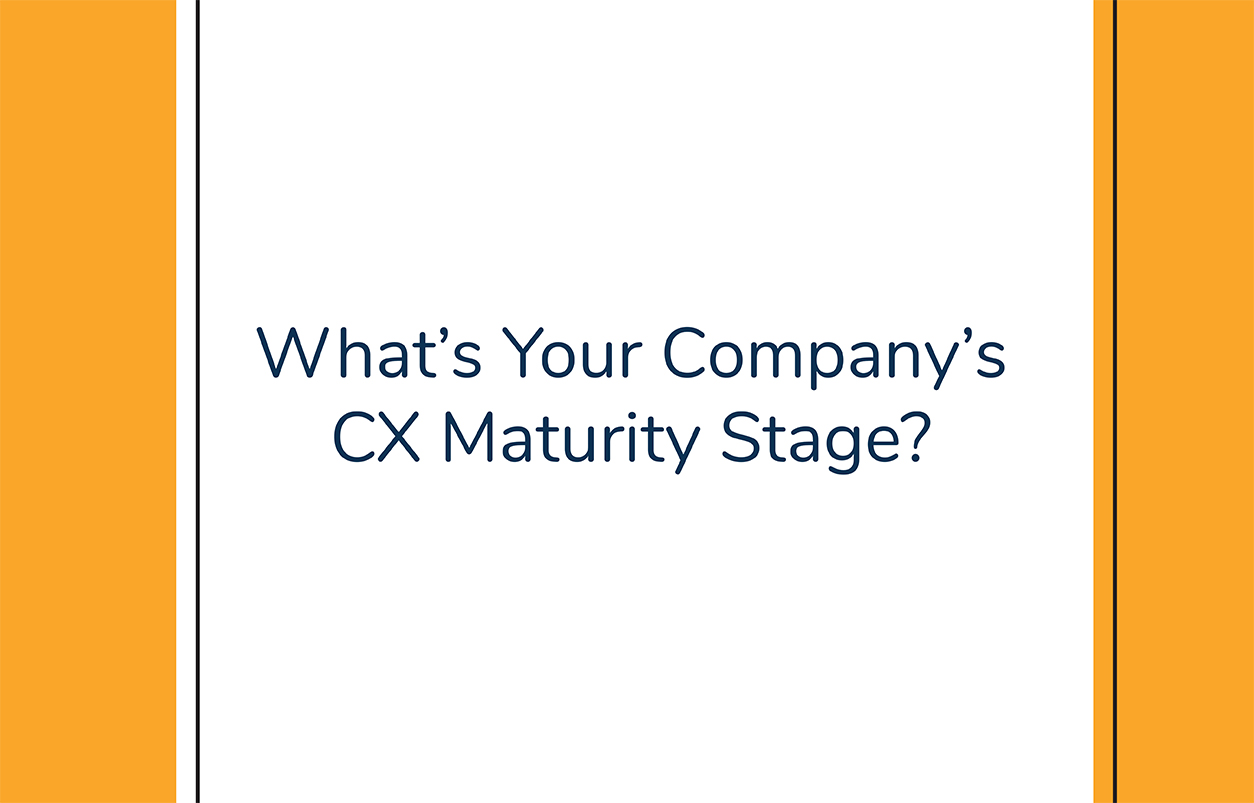Why Is It Important Now to Conduct Marketing Research?

Right now, expert marketing research might just be the thing that puts you ahead of your competitors. In fact, with disruption, fierce competition, and information overload dominating nearly every industry, it can give you what you need to exceed customer expectations and stay relevant for consumers in the long-haul. Here’s why conducting marketing research, especially in this moment, is so crucial.
The New Normal is One of Disruption
Use Marketing Research to Practice Adaptive Resilience
That “new normal” we’re all sick of hearing about? Yep, it’s here.
Life and business have changed in so many ways the last few years. To weather the storm, many companies leveraged marketing research to gauge how their customers were evolving so they could pivot their messaging, products, and services based on those insights.
And what about now? Well, things are still changing.
Companies can no longer assume that shakeups impacting them are a fluke or that there won’t be more rounds of disruption ahead. That means businesses and their leaders must learn to adapt in a state of constant change – and quickly. We call this Adaptive Resilience.
Companies who practice adaptive resilience have a mindset that the “new normal” is about trying and testing, hitting and missing, learning and adapting – and they’re more likely to use all the tools at their disposal to inform decision-making.
Fortunately, the techniques, tools, and talent available within the marketing research industry to capitalize on adaptive resilience have never been more robust. This gives organizations the best possible opportunity to benefit in this moment.
Especially when used as an ongoing process (versus a one-off snapshot in time), marketing research equips businesses with the timely knowledge needed to be able to adapt and pivot when disruption occurs.
Fierce Competition is Dominating Many Industries
Marketing Research Helps You Compete Against More Choices Than Ever
It seems there are constantly new entrants into market categories and unconventional players looking to gain share from others.
Understanding changing market dynamics and getting an early read on perceptions of disrupter companies can help you understand what you are up against and whether it warrants strategic action.
For example, right now, countless established brands are facing competitive threats from big tech companies like Facebook, Apple, Microsoft, Google, and Amazon. Big tech is making serious moves in industries ranging from health insurance to healthcare, financial services, banking, and automotive (just to name a few). On top of that, the number of other digital-only providers flourishing cannot be overlooked when assessing the dynamically shifting competitive landscape.
This adds up to a critical challenge for established industry brands, but it can also present opportunities to re-evaluate and recommit to exceptional customer experience (CX).
In 2021, the U.S. saw the greatest business growth in history with 5.4 million new businesses being created.
(Source: U.S. Census Bureau)
While brands can’t control emerging competitive threats, they can control their CX strategy. Conducting marketing research now can help by uncovering unmet customer needs, ways to enhance digital experiences, and opportunities to broaden services.
When it comes to customer experience, remember that you are competing for both market and mind share. People are constantly exposed to headlines on war, inflation, disease, political divides – you name it. With so much overwhelm, many are less willing to forgive poor experiences. However, they are also more likely to be wowed by experiences with brands that seek to alleviate those negative emotions.
As far back as 2015, researchers found emotion to be the most important CX driver.
(Source: Forrester)
Therefore, it’s not only important to understand the emotional responses generated by your products, services, and experiences, but also to understand how those emotions may vary across different audience segments or generations. This holistic viewpoint can help you overcome the fierce competition to hold the attention (and loyalty) of your customers and consumers.
Information Inundation = Rapid Changes in Public Opinion
Marketing Research Helps Organizations Decipher Huge Amounts of Data
The speed and volume of information generated at any given moment continues to increase exponentially, creating a rapidly swinging pendulum of public perception.
The good news is companies have the benefit of capturing more information about their customers and prospects to better serve their needs in meaningful and relevant ways.
The need to rely on “how we used to do it” has become less critical (or relevant) with the wealth of new information available. Now, companies are able to quickly tap into data to understand what their customers want, where their brand has the strongest foothold, and where new market opportunities exist.
The bad news is, with so much information, it can be hard to decipher what’s useful and what isn’t. Swimming in a sea of data without the ability to identify the most valuable insights can lead to progress delays and strategic paralysis.
So just how inundated is today’s customer with advertising and data?
Focusing just on digital ads alone, spending in the U.S. grew by more than 35% in 2021.
(Source: The Interactive Advertising Bureau)
From 2020-2025 global data creation is projected to grow to 180+ zettabytes.
(Source: Statista)
How much is that?
If you were to store 175 zettabytes on DVDs, the stack of discs would circle the earth 222 times.
(Source: Investors’ Chronicle)
If you tried to download 175 zettabytes at the average current internet connection speed in the U.S., it would take about 1.8 billion years!
(Source: Investors’ Chronicle)
Often, information is housed in different, siloed areas within an organization. These information siloes can make it difficult to see the full story in the data. And one group may have information that would be highly valuable to another without even knowing it. This disconnect is a missed growth opportunity hiding in plain sight.
For example, traditionally, companies house employee experience (EX) with HR while CX lives in a separate part of the business. Often, the paths never cross.
However, unlocking connections between the two can help harmonize the overall business experience and even give companies a competitive edge. The real value comes by making those indirect linkages – insights that only emerge when deploying an integrated customer-centric view. It’s like an infinity loop empowering and enhancing CX and EX simultaneously.
Having a deep understanding of the current customer needs, wants, and desires obtained through marketing research can help an organization’s advertising, communications, and products/services cut through the noise to reach an information-overloaded consumer.
Marketing Research: The Bottom Line
Thorough, proactive marketing research is often a core component of highly profitable businesses. That’s because it helps businesses find and tell a compelling, customer-centric story gleaned from their vast amounts of data. More than that, it helps companies find what’s most meaningful in their data so it can be acted upon efficiently and strategically across the organization. In turn, those insights can provide a blueprint for communicating with customers about products and services so the message doesn’t get lost in all the noise. Any way you look at it, the time is now to conduct marketing research.
Recommended For You
blog
Are You Setting Your Sights on the Right North Star Metric?
resource
CX Strategy Guide
assessment



